NCBiR

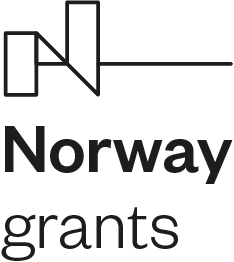
Multifunctional groove‐patterned tubes for increased regeneration of peripheral nervous system after injuries
Project acronym: GrooveNeuroTube – project finished
The aim of the interdisciplinary GrooveNeuroTube project was to produce composite tubes by 3D printing for increased regeneration of peripheral nerves after injuries. The generation of biocompatible, stable and low-cost scaffolds material for tissue regeneration remains a significant challenge.
Naturally derived polymers, such as hyaluronic acid (HA), exhibit the unique biological property of high biocompatibility, however poor mechanical properties. On the other hand, addition of synthetic polymers including polycaprolactone (PCL) can significantly improve the stability and mechanical properties of scaffolds, making it promising for producing tissue engineering constructs. The addition of growth factors and antibacterial agents is another advantage for direct cell adhesion and axonal outgrowth, and preventing bacterial infection. 3D printed scaffolds (tubes) are composed of composite PCL/HA with incorporated active agents.
Cellink BioX2 3D Printer
3D printing in tissue engineering is an exciting technology. To deliver on this potential, we utilize the Cellink BioX2 3D bioprinter – powerful and reliable desktop 3D printer in the field.
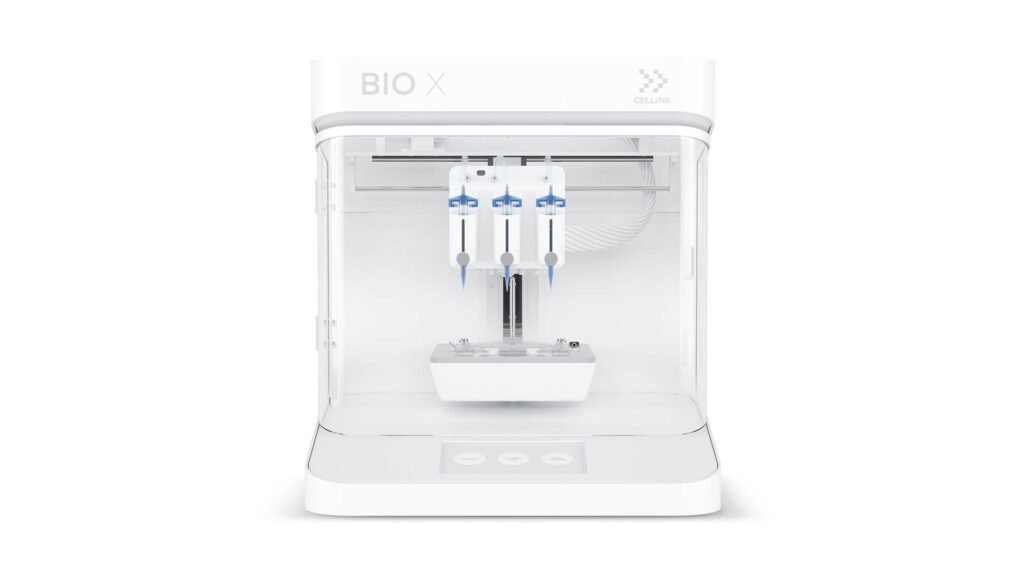
Project team members
- Principal Investigator – dr. Jagoda Litowczenko Cybulska
- Contractor Biologist – dr. Katarzyna Fiedorowicz Former team member
- Conctractor Chemist – dr. eng Marta Woźniak-Budych
Project results
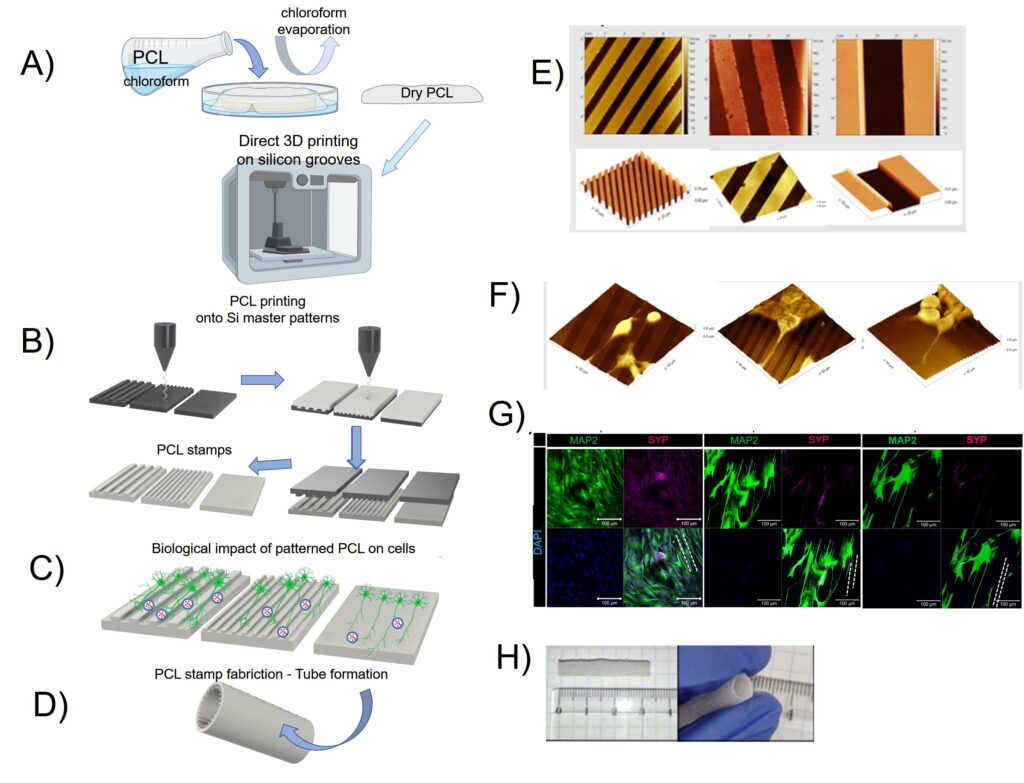
Goals of the projects were achieved
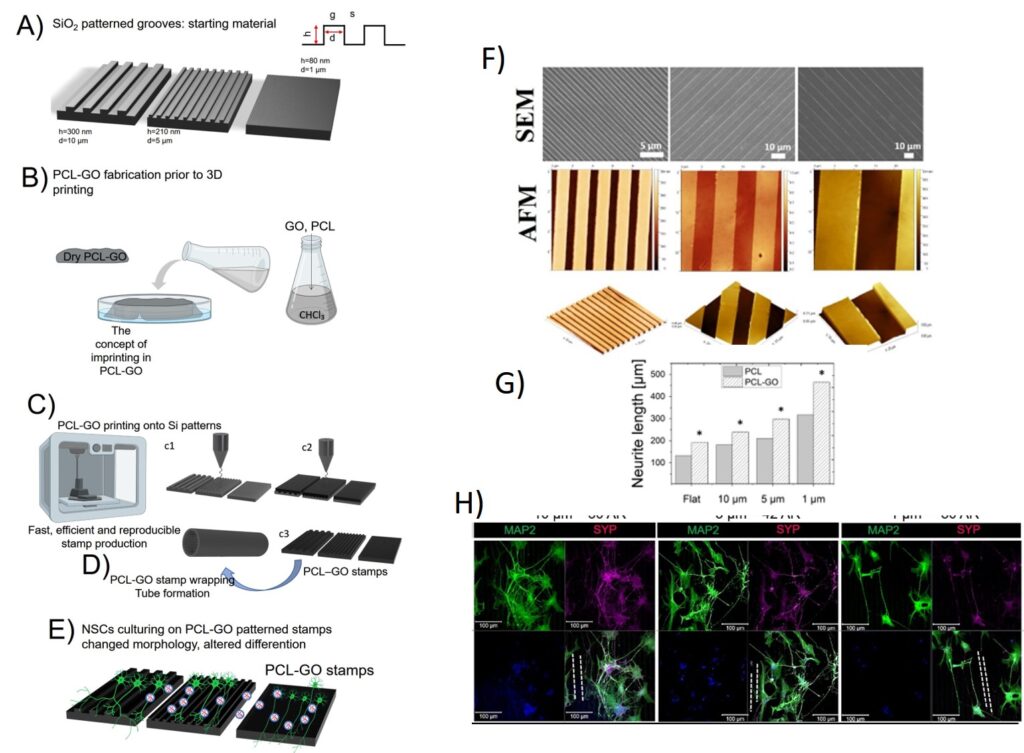
Groove pattern PCL/PCL-GO conduit induce stem cell differentiation toward neural cells, which is beneficial for multidirectional regeneration.
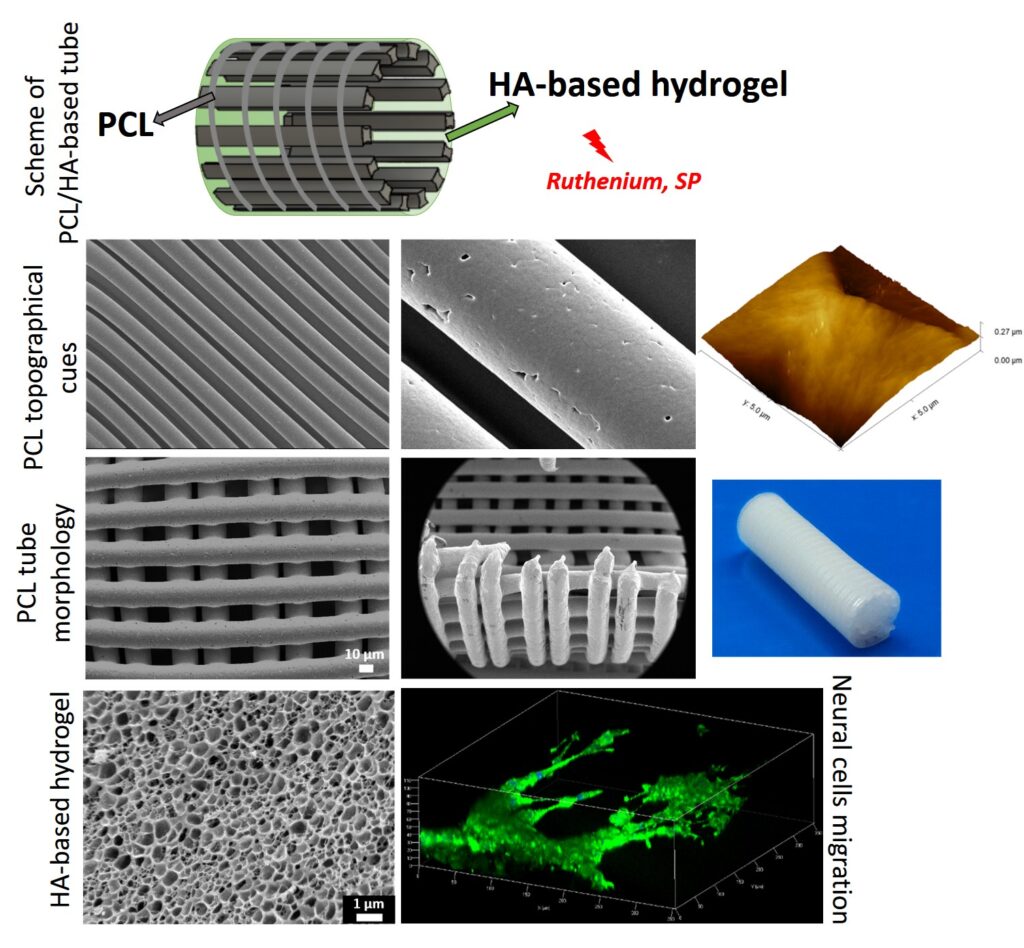
Growth factors, HA-based hydrogel and pattern cues promote neural cells migration and neurite outgrowth
Project results dissemination
During the GrooveNeuroTube project PI participated in several outreach and dissemination activities like conferences, seminars, lectures aimed at different target audiences, including researchers, students, and school kids.
Tuning behavior of neural cells via 3D printed topographical cues; J. Litowczenko*, K. Załęski; NanoTech 1-3.06.2022, Poznań, Poland.
Influence of 3D printed composites on neural cells behavior and maturation; K. Fiedorowocz, M. Woźniak-Budych, K. Załęski, J. Litowczenko*; The 6th International Soft Matter Conference (ISMC 2022) 19-23.09.2022, Poznań, Poland.
Tuning responsivity of neural maturation via topographical and biochemical cues; Jagoda Litowczenko-Cybulska*, Jacek K. Wychowaniec, Karol Załęski, Łukasz Marczak, Charlotte J. C. Edwards-Gayle, Katarzyna Fiedorowicz, Krzysztof Tadyszak, Barbara M. Maciejewska; 33rd Annual Conference of the European Society for Biomaterials, 4-8 to September 2023, Davos, Switzerland.
Seminar „Multifunctional groove‐patterned tubes for increased regeneration of peripheral nervous system after injuries” at Institution: Chemical Engineering, University of Michigan (5.2022), Ann Arbor, Michigan, USA
Seminar „Multifunctional groove‐patterned tubes: from fabrication to possible neural conduit” at Institution: The Program for advancing the Clinical Translation of Regenerative Medicine of Catalonia, P-CMR[C], IDIBELL (8.2022), Barcelona, Spain
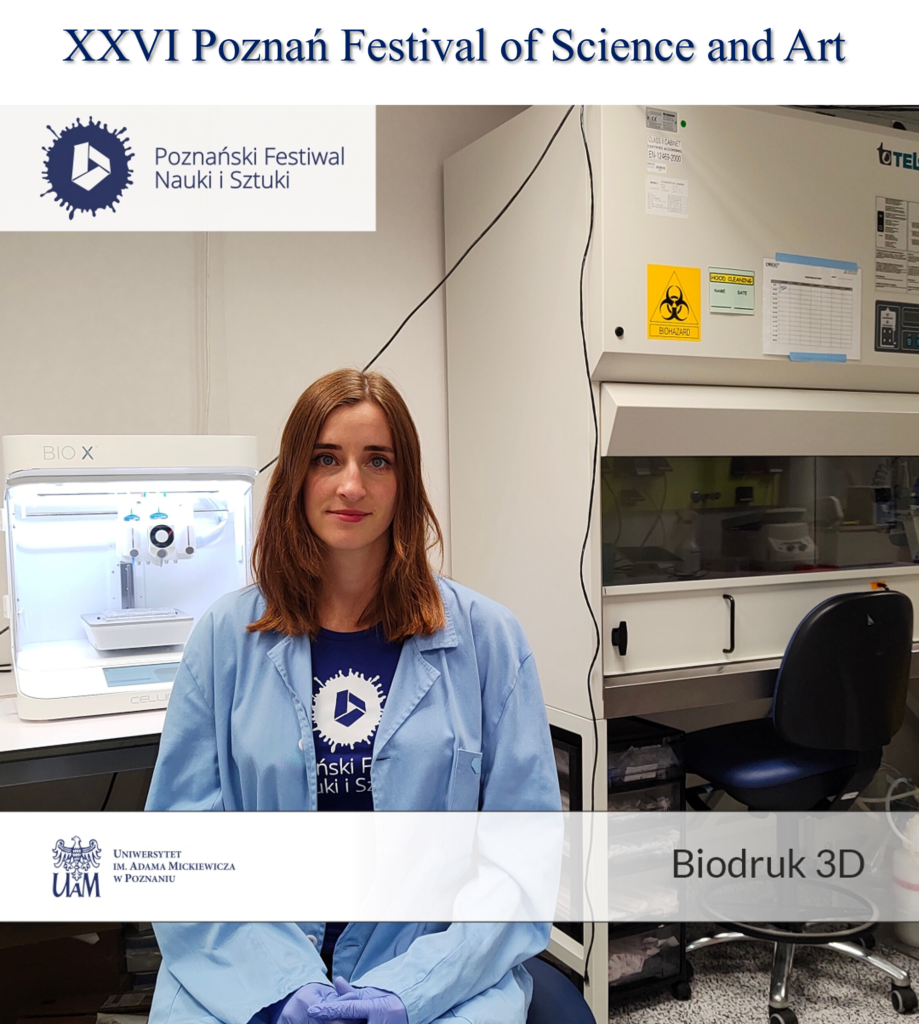
Publications
Micro/nano-patterns for enhancing differentiation of human neural stem cells and fabrication of nerve conduits via soft lithography and 3D printing; J. Litowczenko*, JK. Wychowaniec, K. Załęski, Ł. Marczak, CJC. Edwards-Gayle, K. Tadyszak, BM Maciejewska; Biomaterials Advances Volume 154, November 2023, Formerly known as Materials Science and Engineering: C, with a 2022 IF = 8.457
3D Bioprinted Cell-laden GrooveNeuroTube: A Multifunctional Platform for Ex Vivo Neural Cell Migration and Growth Studies; Jagoda Litowczenko*, Yannick Richter, Abhishek Indurkar, Adam Ostrowski, Łukasz Popenda, Katarzyna Fiedorowicz, Jose Carlos Rodríguez Cabello, Jacek K. Wychowaniec, Krzysztof Tadyszak; Biofabrication, 2025 (IF 8.2)
